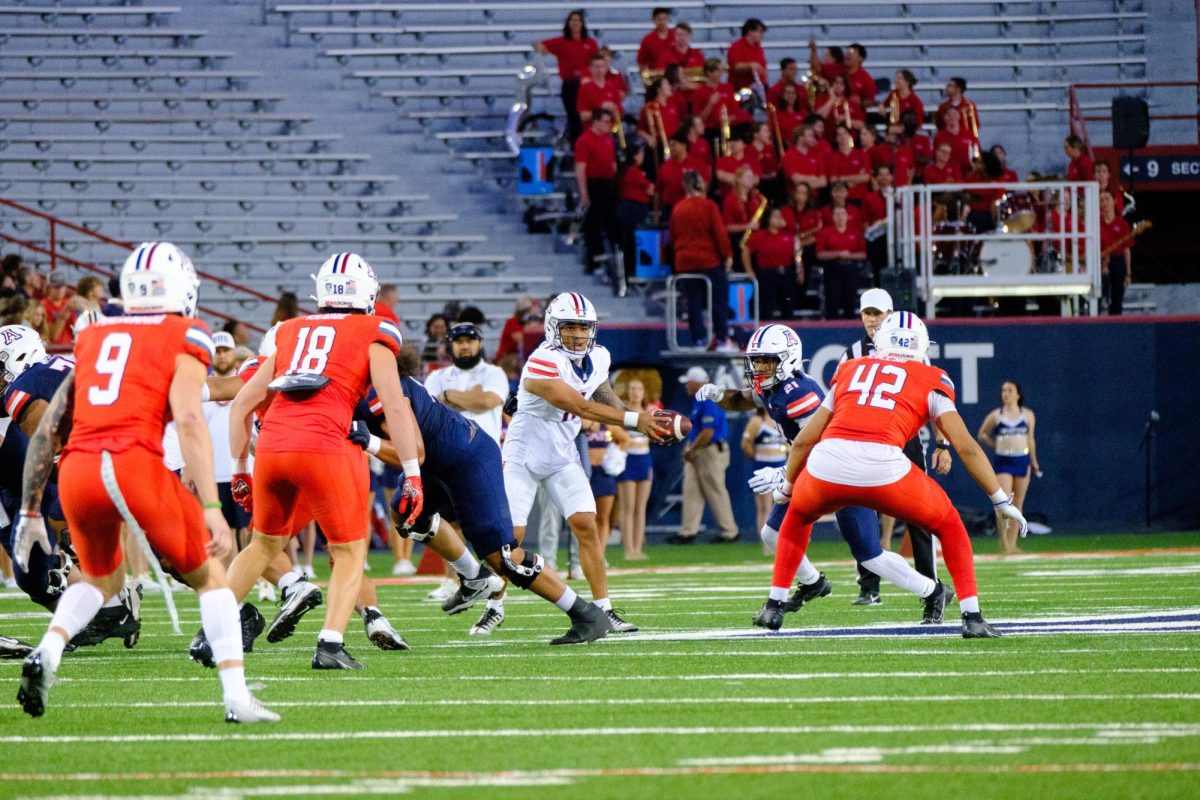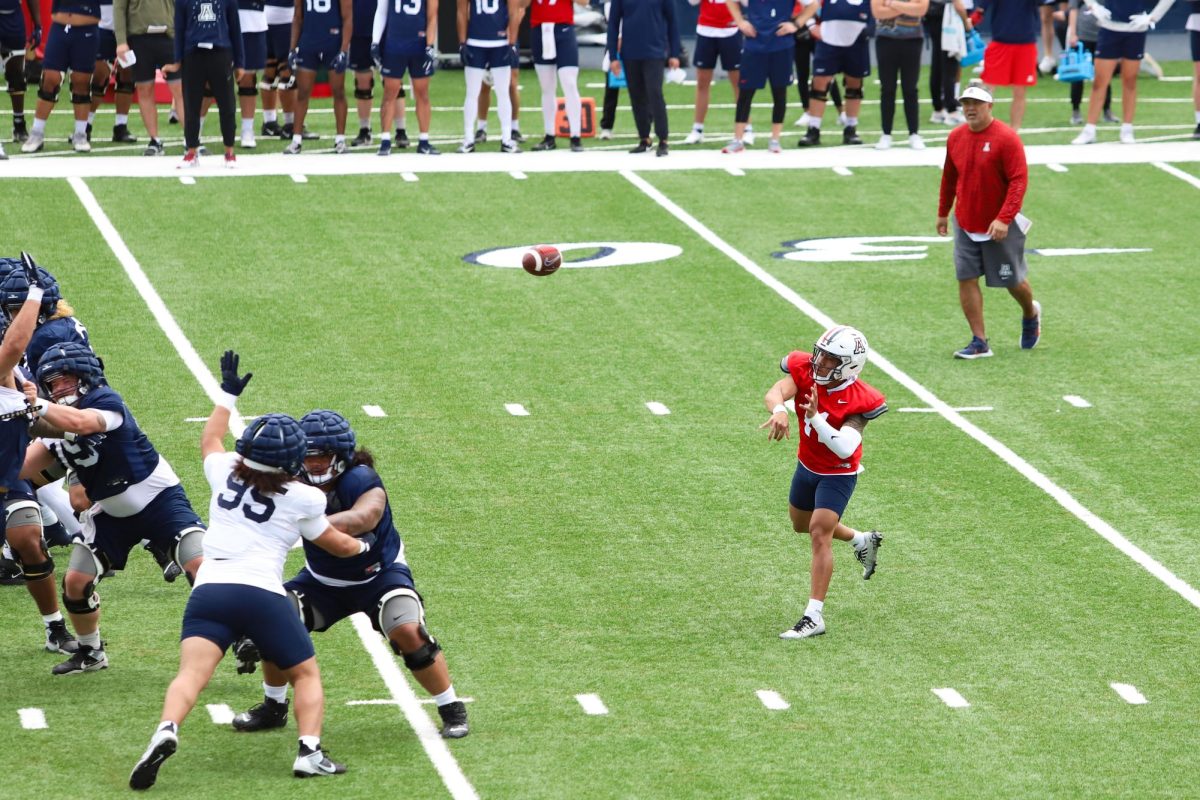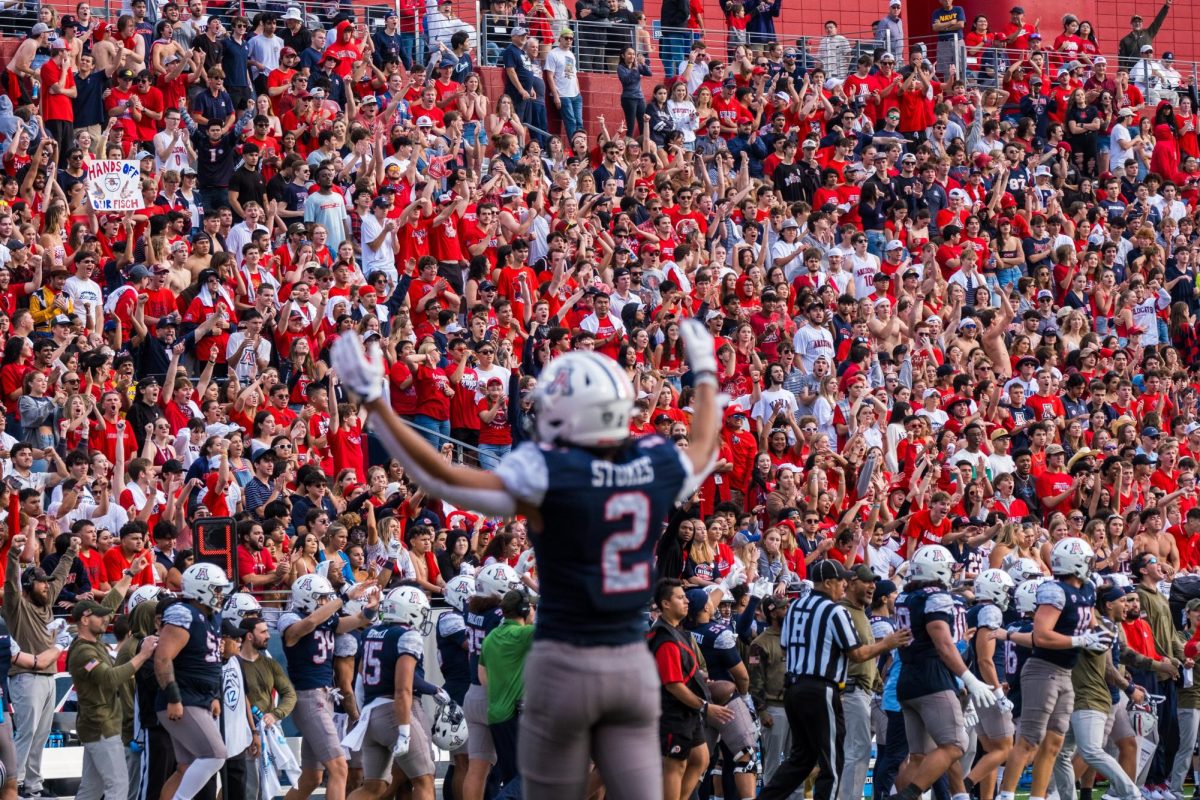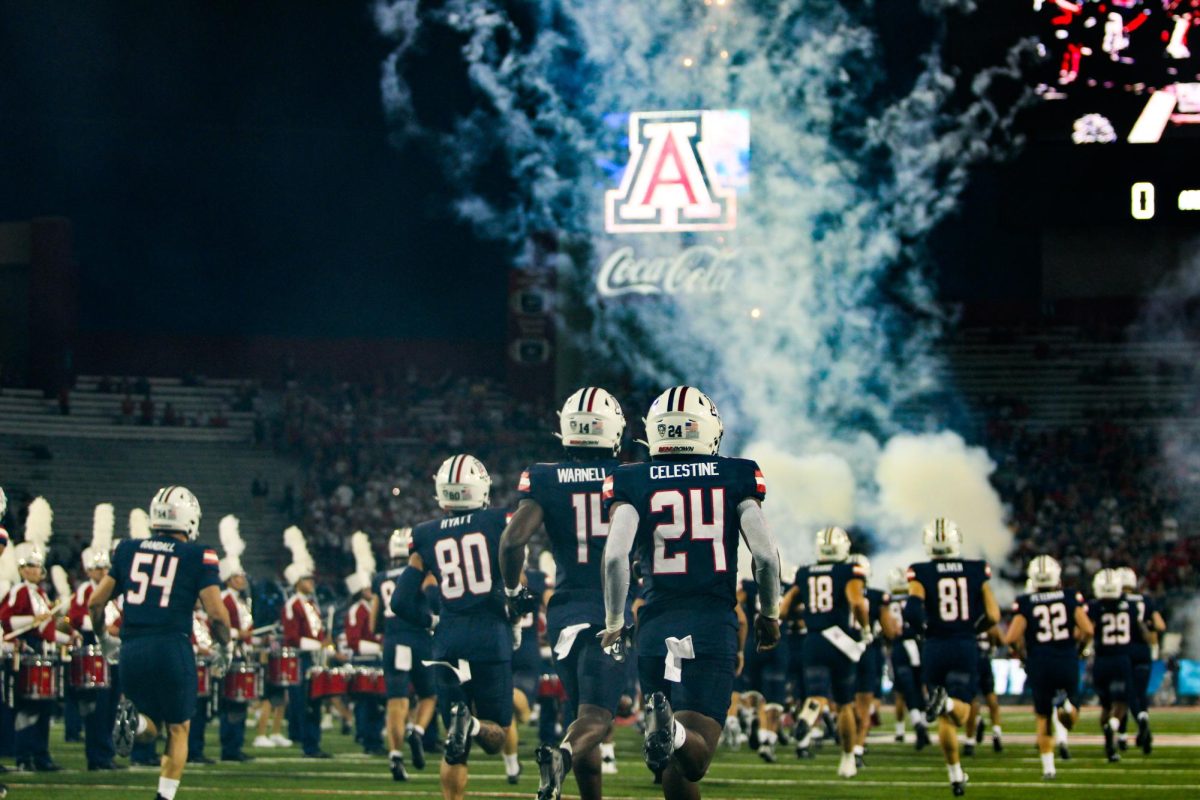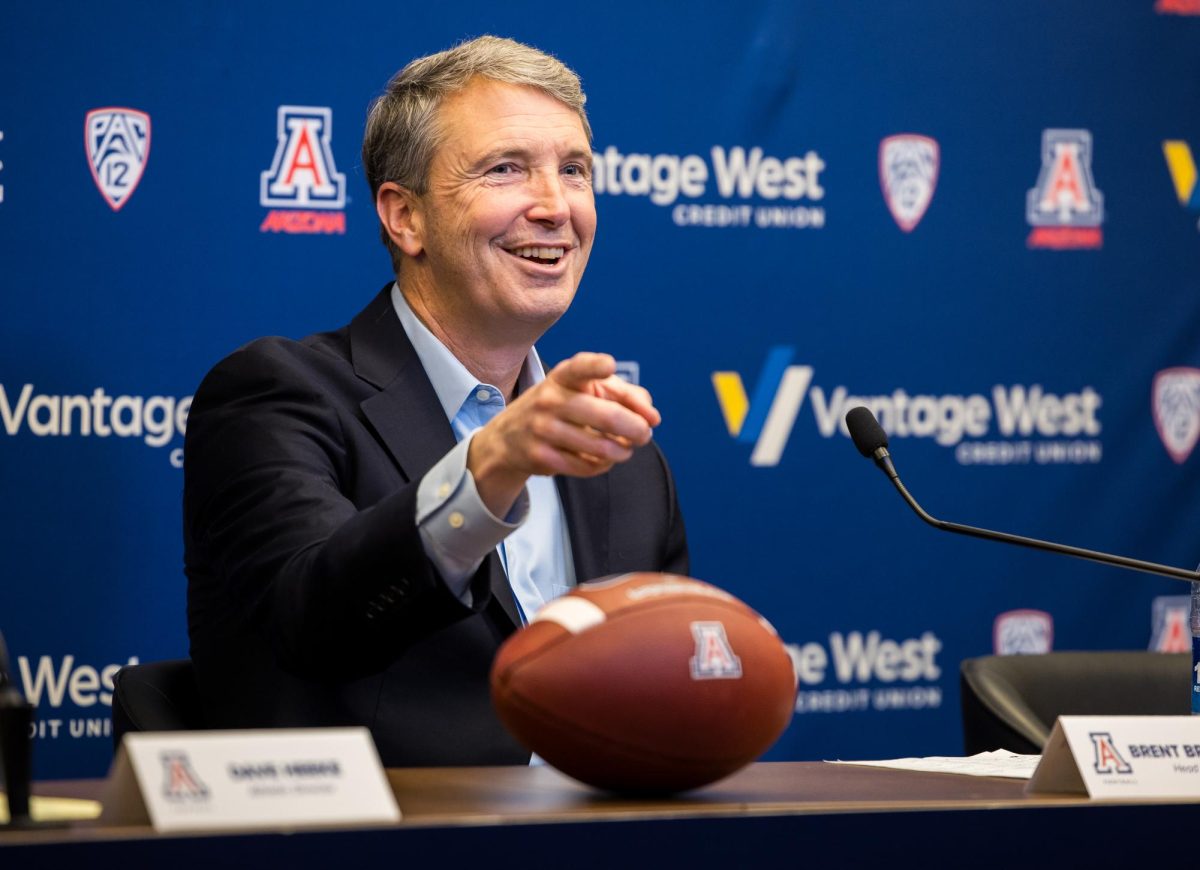WASHINGTON — NCAA president Mark Emmert, responding to what felt like an Occupy BCS protest by the watchdog Knight Commission, Monday made it clear that his organization “does not have a role in conference affiliations and should never be in the business of telling universities what affiliations they should have.”
But that declaration merely reinforced commission co-chair Brit Kirwan’s “great concerns over the fragmented governing structure” in which football powers, in seeking the most affluent league alignments, are “wreaking havoc on a number of institutions” and their non-football athletes. Kirwan is president of the university system of Maryland.
During a three-hour session that included reports on the growing divide between spending on athletics and academics, Emmert announced pending requirements for stricter academic performance tied to teams’ participation in postseason play; the likelihood of “redshirting” freshmen until their grade-point averages improve and the possibility of paying some athletes up to $2,000 to bring their scholarship worth in line with the “cost of attendance.”
A new floor of at least a 50-percent graduation rate, Emmert said, would have excluded seven teams from last year’s NCAA Division I men’s basketball tournament, including national champion UConn, and was cheered by Monday’s attendees. The $2,000 stipend faces some opposition, and Knight co-chair Gerald Turner, the president of Southern Methodist University, reiterated that his group “has been very strong on student-athletes being student-athletes” and will continue to oppose what he called “pay for play.”
But, not surprisingly, the hottest topic for the assembled commission members was what Kirwan called “the dance going on with various conference realignment” powered by the urge for Bowl Championship Series eligibility and, by extension, more secure television payouts.
LSU chancellor Michael Martin declared himself “not at all comfortable with what’s going on.” Beyond the financial issues, he said, it sends a bad message to students about loyalties to long-held associations with other schools.
“I think,” Martin said, “we could end up with two enormous conferences, one called ESPN and the one called Fox.”
Thomas Ross, new president of the 17-campus University of North Carolina system, said he worried about the athletes other than the one-game-a-week football players, because such teams as volleyball, tennis and soccer could be forced into long-distance travel in their new conferences, thereby cutting severely into their academic schedules.
But Boise State president Robert Kustra, whose school has been cited for a possible cross-country flight into the Big East fold, argued that “this is not just about moving from one conference to another for money.” Rather, he said, it is “BCS automatic-qualifying status.” Kustra called himself “guilty as charged” on that point.
“As a growing university,” he said, “I must consider not only how much TV money is there … (but also) my ability to position the university” for higher visibility. “Until you solve the issue of the BCS, and the fact that (Division I) football is the only sport with no playoff, you’ll continue this wild, crazy push for conference realignment.”
Emmert acknowledged that BCS membership is “a status symbol, important to the institution, and there’s no president in this room or elsewhere who wants to turn to his alumni and say, ‘Aw, we don’t want to be part of that.’ It’s not all greed when you say, ‘I want to make sure our athletic program is successful.’ It’s easy to oversimplify. It’s a very difficult dynamic.”



